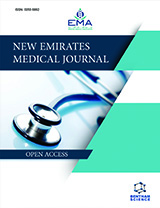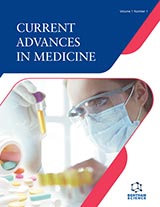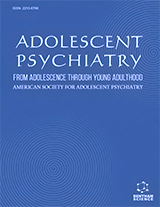Abstract
Stress is an inevitable part of life. It constantly bombards our lives, and
these explosions range from minor daily frustrations to overwhelming fear brought on
by the adverse prognosis of serious diseases, like triple-negative breast cancer (TNBC).
In patients with cancer, distress has been defined as “a multifactorial unpleasant
experience of a psychological (e.g., cognitive, behavioral, emotional), social, spiritual,
and physical nature that may interfere with the ability to cope effectively with
cancer, its physical symptoms, and its treatment. However, even in such a difficult
health-related situation, it is encouraging that some consequences of distress are not
inevitable. Some natural questions for every woman with cancer (e.g., TNBC) are:
“What are the normal limits of distress?” and “What to do when distress becomes
more serious?”
This chapter will briefly address the above questions and will present some tools that
can be used to measure distress. In addition, a few simple strategies that are easily
accessible and effective in Distress Management and its complications will be
suggested (e.g., “Do's and Don'ts” list of recommendations).






















